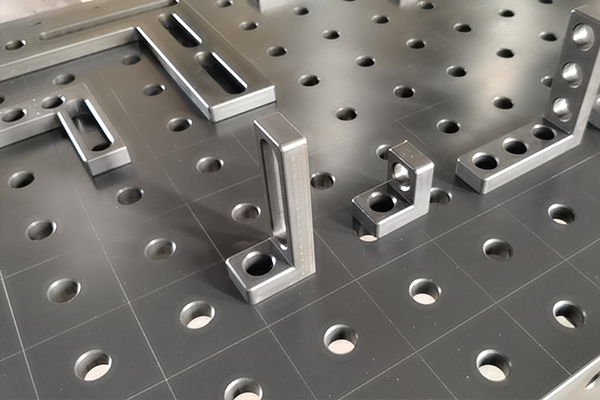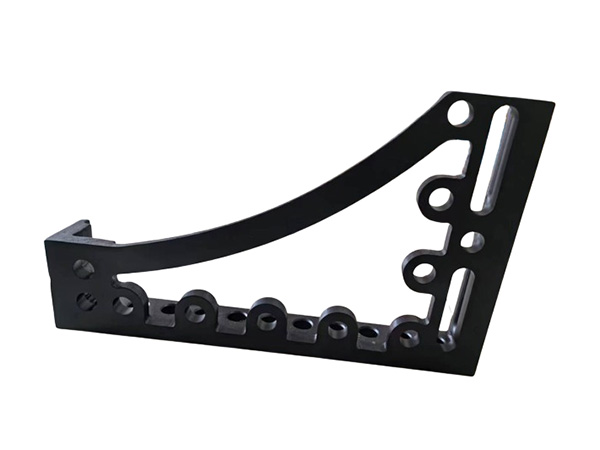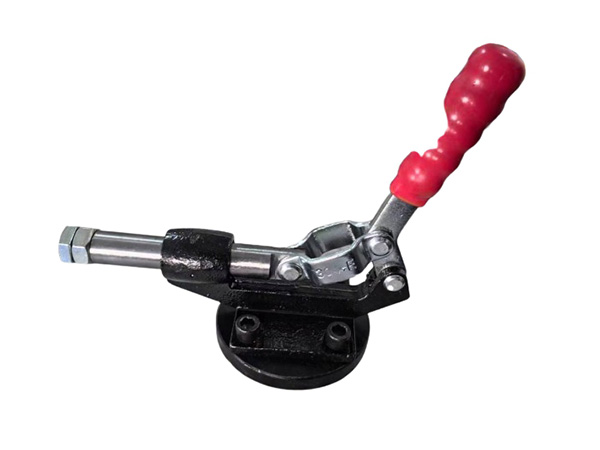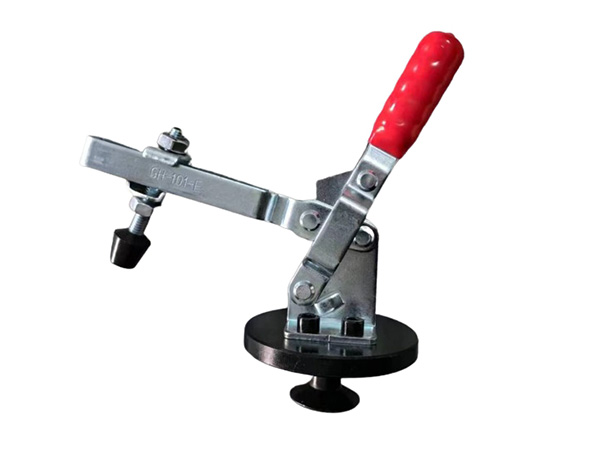- 网站导航 -
Address: Home > News > Technical documentation >
The Design and Integration of Flexible Welding Equipment
Time:2024-10-20 03:13:23 Author:Fadetong Clicks:200Second-rate
Introduction
As the manufacturing industry shifts towards greater customization and efficiency, flexible welding equipment has become a cornerstone of modern production systems. From automotive to aerospace, industries rely on advanced welding solutions to enhance their ability to adapt to diverse materials, complex geometries, and fluctuating production demands. The design and integration of flexible welding systems allow manufacturers to streamline their operations, reduce costs, and improve output quality. In this article, we explore the key elements that contribute to the optimal design and seamless integration of flexible welding equipment in today’s manufacturing environments.
Why Flexible Welding Equipment Is Essential
The rise of customized, small-batch production requires technologies that can quickly adapt to varying product designs without extensive reconfiguration. Flexible welding systems excel in environments where precision, adaptability, and efficiency are paramount. By allowing manufacturers to switch between different welding techniques, materials, and assembly tasks, these systems enhance production line agility and reduce downtime.
Furthermore, the increased complexity of modern products—ranging from electric vehicles to advanced aircraft—demands welding systems that can handle intricate joints and a variety of materials like aluminum, titanium, and advanced composites. Flexible welding equipment ensures that these needs are met without compromising on quality or efficiency.
Key Elements of Flexible Welding Equipment Design
1. Modular System Architecture
Modular design allows flexible welding equipment to be easily reconfigured for different production tasks. Whether it's switching between laser welding, resistance welding, or friction stir welding, a modular system provides the flexibility manufacturers need. These systems can be expanded or modified without requiring a complete overhaul, which is crucial for maintaining high productivity in a dynamic production environment.
2. Multi-Process Compatibility
To maximize flexibility, welding equipment must support multiple welding processes. Some products may require TIG welding for precision work, while others may benefit from MIG welding for speed. Incorporating different welding capabilities within a single system reduces the need for multiple machines, lowering capital expenditure and minimizing the footprint of welding workstations.
3. Advanced Automation and Robotics
Automation is at the heart of flexible welding systems. Robotic arms, guided by machine vision and artificial intelligence (AI), can adjust welding parameters in real-time to accommodate material variations and joint complexity. Automated welding also improves precision, reduces errors, and ensures consistent weld quality. By integrating robotics, manufacturers can handle more complex welding tasks without the need for extensive human intervention, improving efficiency and safety.
4. User-Friendly Software Interface
Even the most advanced hardware requires intuitive software to maximize productivity. The best flexible welding systems come equipped with user-friendly control interfaces that allow operators to easily program and monitor welding tasks. Advanced software also enables data analytics to track system performance and predict maintenance needs, further enhancing operational efficiency.
5. Ergonomic and Safety-Focused Design
Safety is paramount in any welding environment, and flexible welding equipment must meet the highest safety standards. Features like automatic shut-offs, protective shields, and real-time monitoring ensure that operators are safe at all times. Additionally, ergonomic design considerations reduce operator fatigue and improve productivity, making the equipment more user-friendly in long production shifts.
Integration of Flexible Welding Systems into Production Lines
Seamless integration of flexible welding equipment is vital to ensure uninterrupted production. Here are the primary considerations for successful system integration:
1. Compatibility with Existing Infrastructure
Flexible welding equipment must be compatible with a manufacturer's existing infrastructure. This includes integrating with CNC machines, automated guided vehicles (AGVs), and conveyor systems. Ensuring that the welding system can communicate with other machinery and software in the factory streamlines the production process and minimizes bottlenecks.
2. Scalability for Future Growth
Manufacturers need to think long-term when investing in flexible welding equipment. Scalable systems allow for easy upgrades as production demands increase, such as adding new robotic arms or integrating Internet of Things (IoT) capabilities. This ensures that the system remains relevant as manufacturing requirements evolve over time.
3. Training and Support
A critical factor in the successful integration of flexible welding equipment is the training of operators. Providing staff with adequate training ensures they can make full use of the system's capabilities, minimizing errors and downtime. Additionally, manufacturers should ensure they have access to ongoing technical support to troubleshoot any potential issues.
4. Minimizing Downtime During Transition
Integrating new welding systems into an existing production line can cause temporary disruptions. However, with careful planning and phased rollouts, manufacturers can minimize downtime. Some strategies include implementing the equipment in stages, performing tests during non-peak hours, and ensuring robust backup systems to keep production flowing smoothly during the transition.
Future Trends in Flexible Welding System Design
As technology advances, flexible welding systems are expected to become even more sophisticated. Emerging technologies like artificial intelligence, predictive maintenance, and cobots (collaborative robots) will play a crucial role in making welding systems more autonomous and efficient. Additionally, the rise of green manufacturing is driving the development of more energy-efficient welding systems that reduce waste and improve sustainability.
Conclusion
The design and integration of flexible welding equipment are key to meeting the demands of modern manufacturing. From modular systems and multi-process compatibility to advanced automation and seamless integration, these systems offer manufacturers the adaptability and precision needed to stay competitive in a rapidly evolving market. As industries continue to push the boundaries of innovation, flexible welding will remain a critical enabler of next-generation production strategies.
For manufacturers looking to optimize their production lines, investing in flexible welding equipment is a forward-thinking choice that promises enhanced efficiency, reduced costs, and superior product quality.











